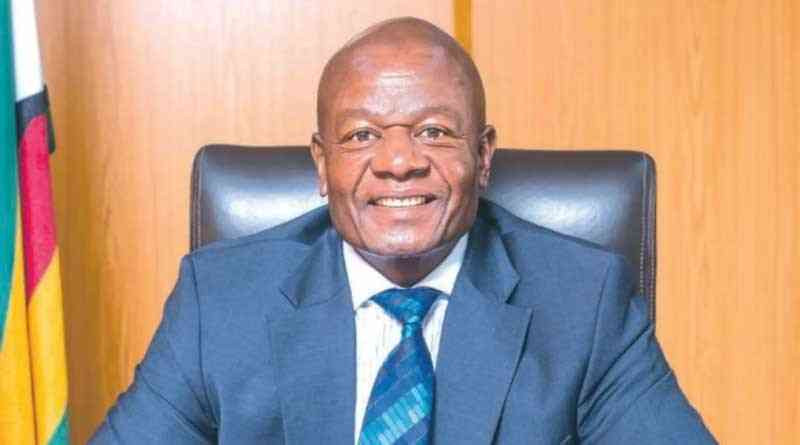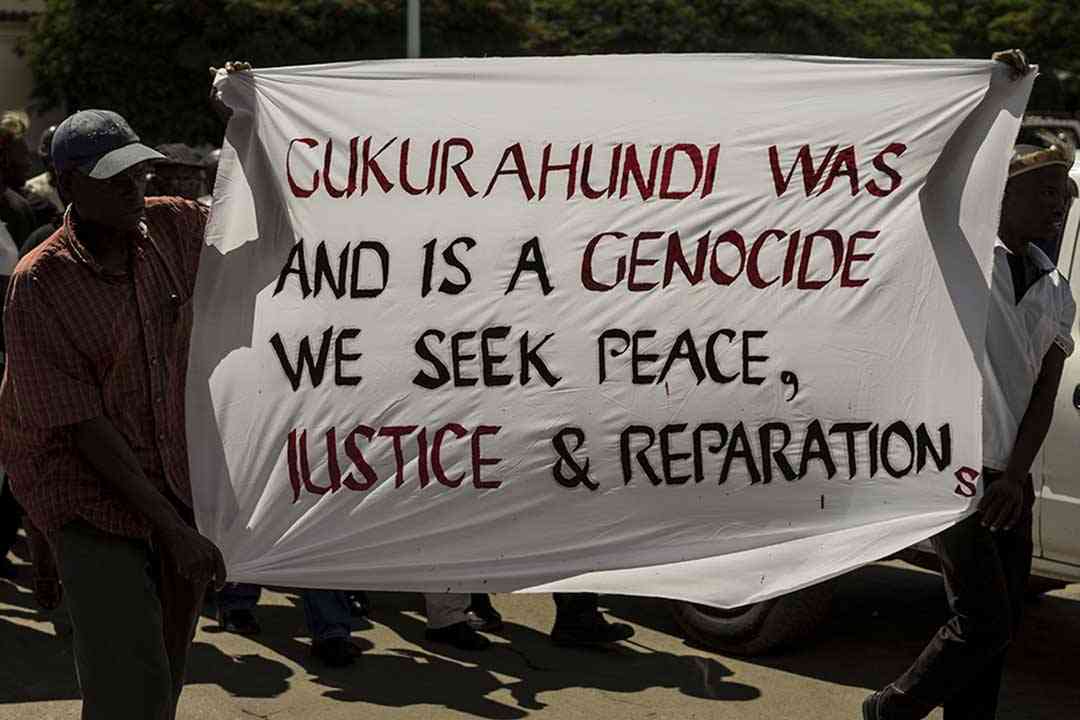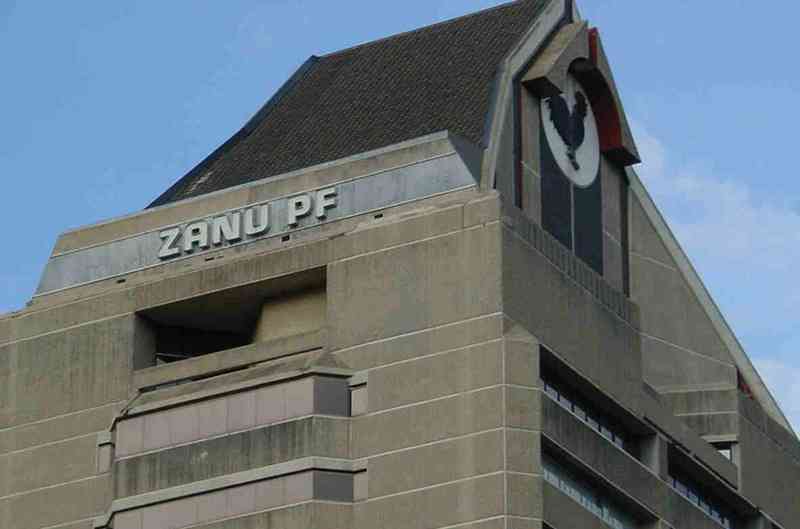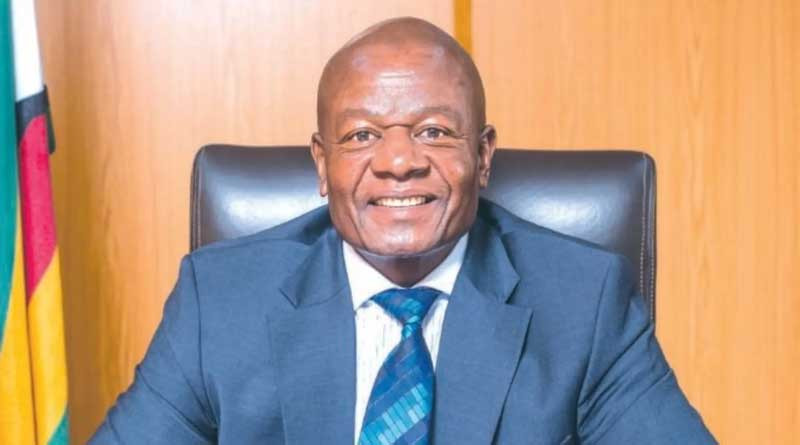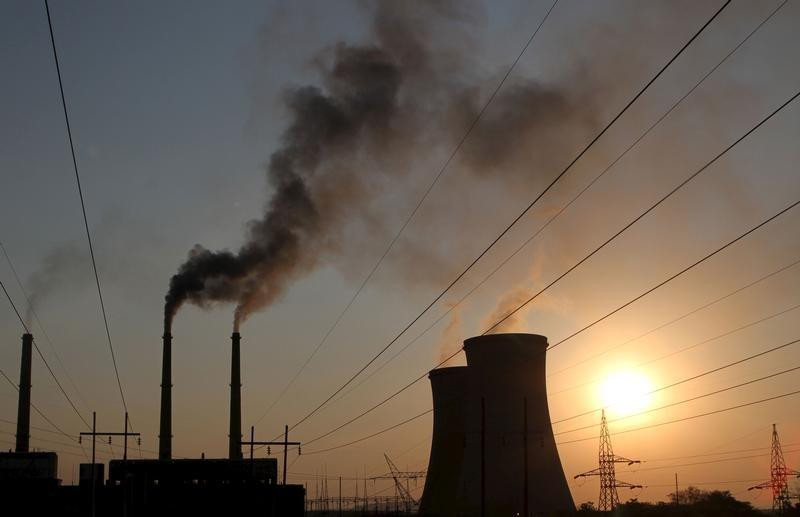
ZIMBABWE is facing a severe energy crisis, with daily load-shedding lasting up to 16 hours, while neighbouring Zambia is cautiously optimistic about reducing its power outages by August 2025.
Government attributes the energy crisis primarily to the El Niño-induced drought as seen in reduced water levels at Kariba Dam, a crucial source of hydroelectric power for both countries.
Zambezi River Authority (ZRA) public relations and communications manager Selusiwe Moyo said water allocation to Zimbabwe and Zambia remained low as a result.
“Our immediate focus is on rebuilding the dam’s reservoir levels, which were critically depleted by drought,” Moyo said.
“Only after stabilisation can we sustainably increase water allocation to both Kariba North and Kariba South power stations.”
ZRA increased Zambia’s water allocation to 13,5 billion cubic metres in 2025, up from eight billion in 2024. This development has led Zesco Limited to project a reduction in load-shedding by August 2025.
Speaking during a media briefing at the Kariba North Bank Power Station, Christopher Singogo, Zesco senior manager, said the recent gains in reservoir levels and power imports could ease the strain on electricity generation.
“The situation remains delicate, but the signs are encouraging,” he said.
- Kariba dam in recession
- Low water level threatens power generation at Lake Kariba
- Kariba water levels plunge to 5,63%
- Power plant shutdown imperils growth targets… experts see headwinds in ZRA’s radical Lake Kariba action
Keep Reading
“With higher water inflows and improved resource management, we are hopeful of reducing the intensity of load shedding by the third quarter.”
Meanwhile, the Zambia National Marketers Credit Association (ZANAMACA) is calling for greater private sector involvement in tackling the energy crisis.
“This is not just Zesco’s problem; it is a national crisis that needs all hands-on deck — especially from the private sector,” Mupila Kameya, the ZANAMACA president said.
“It’s time we move beyond dependence on hydropower and invest in solar and alternative energy sources."
As Zambia manages the crisis with measured electricity generation and as ZRA pursues long-term hydropower development, Zimbabwe’s energy sector faces significant challenges.

